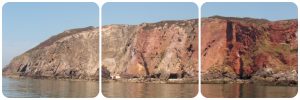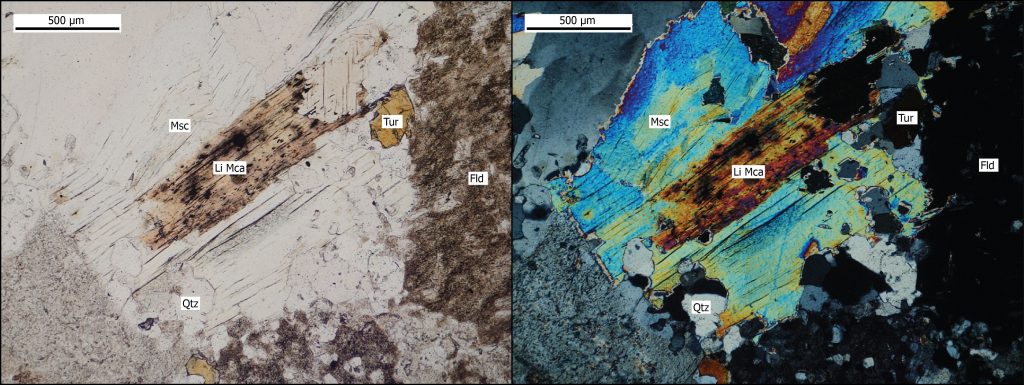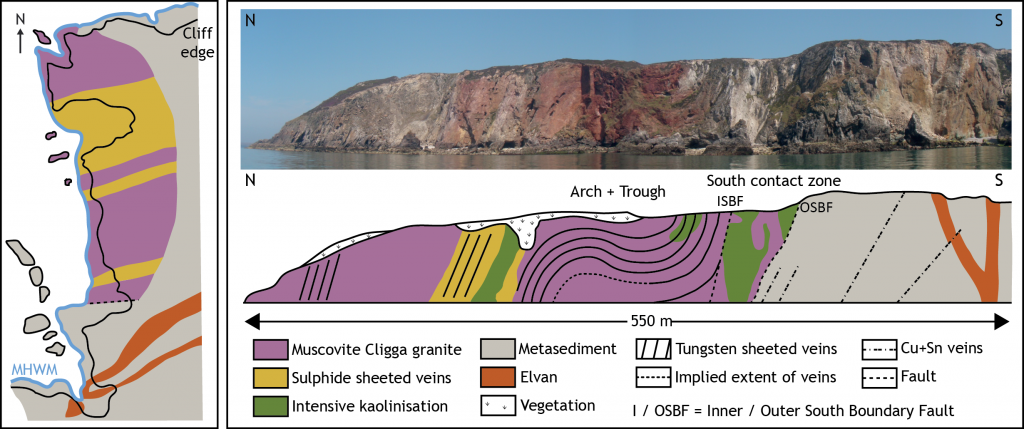
Highlights: Granite, greisen, tungsten mineralisation, mine buildings, elvan
Location: SW 7386 5367
What’s nearby: Trevaunance Cove, Chapel Porth.
Conservation: Site of Specific Scientific Interest (SSSI), Area of Outstanding Natural Beauty (AONB), UNESCO World Heritage, Special Area of Conservation No hammering or collecting at any time.
Information here is provided for reference only. You should ensure that you have permission from the landowner and take safety precautions when visiting sites. Always check tide timetables before visiting coastal sites and remain aware of cliff falls.
Gallery
Further Reading
- Hall A. 1971. Greisenisation in the granite of Cligga Head, Cornwall. Proceedings of the Geological Association, 82 (2), pp. 209-230. [Link – £]
- Jackson NJ, Moore McM and Rankin AH. 1977. Fluid inclusions and mineralisation at Cligga Head, Cornwall. Journal of the Geological Society, 134, pp. 343-349. [Link – £]
- Moore J McM and Jackson NJ. 1977. Structure and mineralisation in the Cligga Granite Stock, Cornwall. Journal of the Geological Society of London, 133, pp. 467-480. [Link – £]
- Smith MP and Yardley BWD. 1996. The boron isotopic composition of tourmaline as a guide to fluid processes in the southwestern England orefield: an ion microprobe study. Geochimica et Cosmochimica Acta. 60 (8), pp. 1415-1427. [Link – £]



